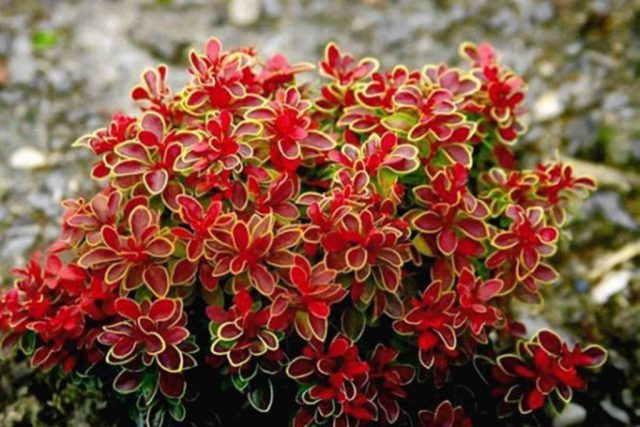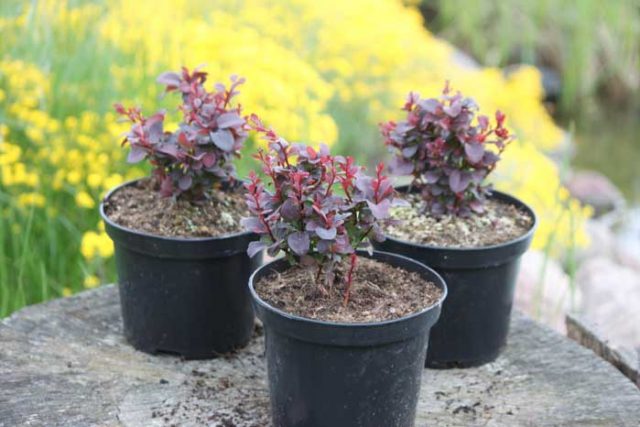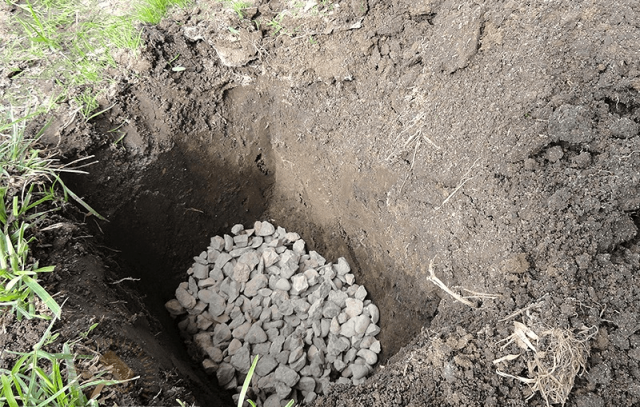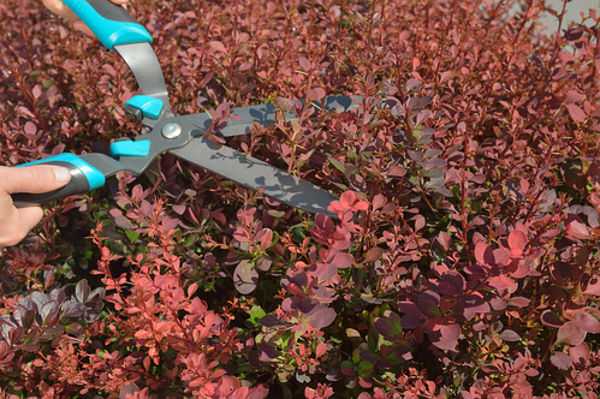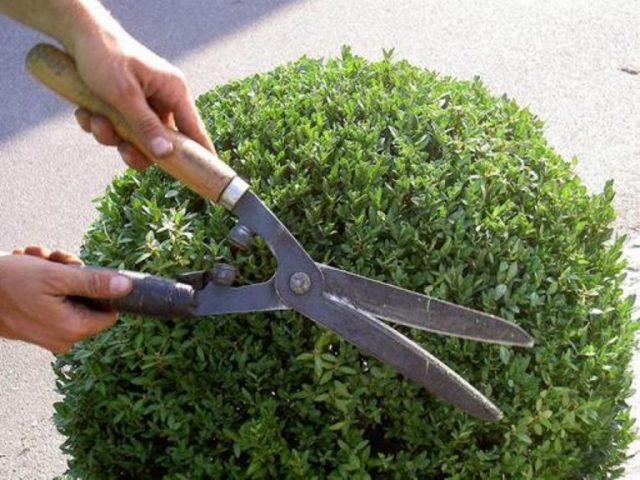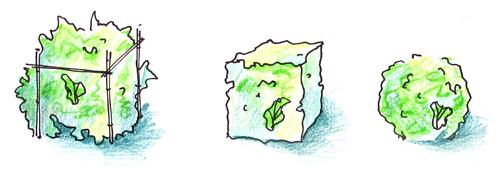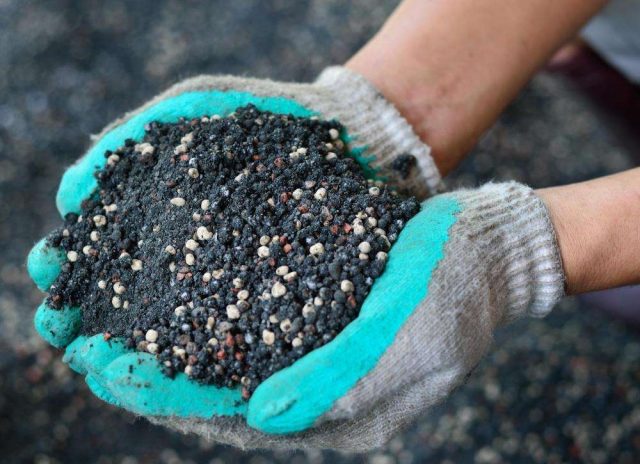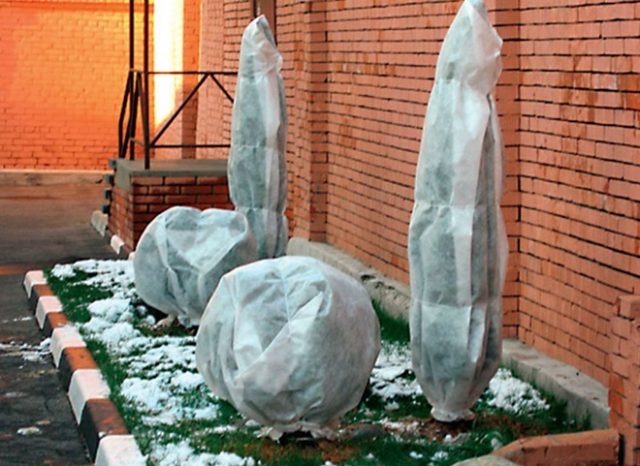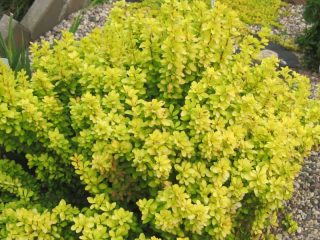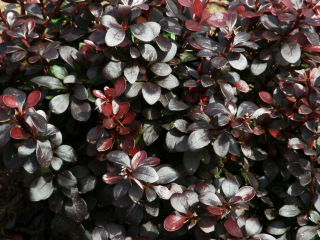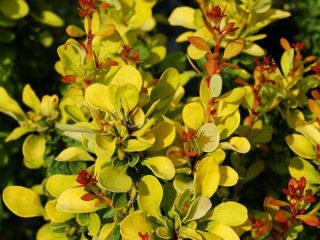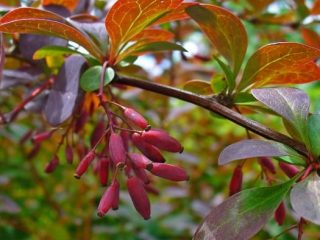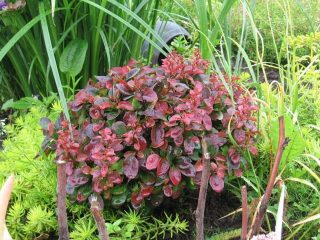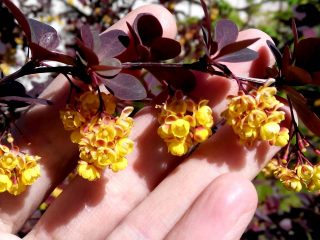Content
Barberry is a unique garden shrub that combines equally decorative and consumer qualities. The berries of many of its varieties are tasty and healthy, and the bushes have a beautiful appearance and can truly decorate the garden. Pruning barberry in the fall is an integral part of the work package for caring for this thorny shrub. It is the key to maintaining an attractive appearance and good productivity.
The photo below shows barberry in autumn.
When is it better to plant barberry: autumn or spring
For barberry, both spring and autumn planting is possible. In spring, planting should be done before the buds on the seedling begin to swell. At the same time, you need to make sure that the danger of return frosts has passed and temperatures have settled above zero.Later planting will significantly increase the adaptation period, since the young plant will strive not only to develop the root system, but also to increase green mass.
In autumn, it is possible to plant both Thunberg barberry and ordinary barberry. At the same time, it is important that the planted plant has enough time to adapt to the new place and have time to take root before the onset of frost. If the required deadlines are met, the planted bush will develop its root system and be well prepared for the first wintering.
How to plant barberry in autumn
Planting barberry in the fall usually does not cause difficulties even for novice gardeners. The seedlings of this shrub have a good survival rate, so if the necessary terms and planting rules are observed, the percentage of their rooting is quite high.
Landing dates
The planting time must be chosen taking into account the climate in the region. It is optimal if the air temperature remains at + 10-1 5 ° C, and there are at least 30 days left before the onset of cold weather. In most regions of Russia, the best time for autumn planting of barberry will be September; in more southern regions, this procedure can be done in the first ten days of October.
Preparing the landing site
Barberry, especially its decorative varieties, loves open sunny areas or light partial shade. At the same time, the place where it grows must be protected from the cold north wind. It is worth choosing elevated areas for planting, since this shrub really does not like stagnation of water in the roots. Places with high groundwater levels should also be avoided. The soil is preferably light, well-drained.The plant does not have any special requirements for its acidity level, but it grows better on neutral or slightly acidic soils.
When planting, you should take into account the proximity of the plant to buildings, buildings, fences and observe the necessary intervals. When planting individually, neighboring bushes should be planted at a distance of 1.5-2 m from each other. If there is a group planting, for example, a hedge, the intervals can be halved. Ornamental shrub species, such as Thunberg barberry, are planted at a distance of 0.5-0.6 m from each other.
When choosing a place for planting, it is worth considering that barberry is a rather strong antagonist and does not get along well with all its neighbors in the garden. You should not plant it next to fruit trees such as plum, pear or apple trees. He will feel best next to coniferous representatives of the flora.
Seedling preparation
Depending on the purpose of planting, you need to choose the appropriate variety of barberry. If the plant is planted for decorative purposes, you should pay attention to the compact Thunberg barberry or other low-growing varieties. To obtain a harvest of berries or decorate the garden with a large spreading bush, you need to choose common barberry.
It is better to purchase seedlings in specialized stores or nurseries. They must be carefully inspected before purchasing. A healthy seedling must have a developed tap root and a sufficient number of adventitious roots, it must look healthy, and be free from rot and damage to the bark.
How to plant barberry correctly in the fall
To plant barberry seedlings in open ground in the fall, you need to prepare planting holes in advance. Their size depends on the root system of the plants or on the size of the earthen ball on the roots, if the planting material is taken from a container. As a rule, a hole with a diameter of 0.5 m and the same depth is sufficient. A layer of drainage made of stones, broken bricks or crushed stones must be laid at the bottom. A layer of fertile soil or nutritious soil with the addition of organic or mineral fertilizers is poured on top of it. If the soil is highly acidic, it is advisable to add a little slaked lime or wood ash.
The seedling is placed vertically in the hole so that its root collar is at ground level. After this, the hole is filled with earth, periodically compacting it to prevent the formation of voids. After planting is completed, the tree trunk circle should be shed generously with water and mulched with peat or humus. This will reduce moisture loss. In order for the plant to direct all its forces to the formation of the root system, the upper part of the seedling must be cut off, leaving 5-7 healthy buds in the lower part.
How to transplant barberry to a new place in the fall
In some cases, an adult barberry bush may need to be transplanted to another location. For example, if as a result of the construction of a new structure, the place of its constant growth is in the shade. However, it must be remembered that the older the barberry is, the worse it tolerates transplantation.
Transplanting an adult barberry bush to a new location is possible in spring or autumn at the same time as planting seedlings.Before this event, it is advisable to prune to reduce the consumption of nutrients, since during replanting some of the roots will be cut off or damaged. It is better to prepare the pit for transplanting 2-3 weeks before the day of the event, and the day before it must be spilled with water. The transplanted bush is also watered abundantly the day before transplantation.
Barberry transplantation in the fall is best done on a cloudy day. The bush is dug along the projection of the crown, cutting off the roots, then carefully removed from the ground along with a lump of soil on the roots. The most convenient way to transport a plant with thorny shoots to a new place is on a piece of tarpaulin. Before planting, it is advisable to soak the soil on the roots with Epin’s solution, and sprinkle the exposed roots with Kornevin or another growth stimulant. After this, the shrub is installed in the planting hole, and the resulting voids are filled with soil. Then the root zone is watered abundantly.
How to prune barberry in autumn
Pruning barberry is a necessary undertaking. If you do not do this, over time the numerous root shoots will greatly thicken the bush. It will spread out, become shapeless and sloppy. Considering the significant size of an adult barberry and the fact that its shoots are densely strewn with thorns, an unpruned bush can turn from a garden decoration into an island of impenetrable thorny jungle.
Before pruning, you should stock up on suitable tools. Since the shrub is thorny, you will need long-handled garden shears. Their cutting edges need to be sharpened well, since barberry shoots are quite tough. To avoid injury from sharp thorns, you must wear thick leather gloves on your hands. If the bush is large, a stepladder may be required to work with the upper tier.
Timing of pruning
The best time to prune barberry is early spring. At this time, the growing season has not yet begun, the movement of juices has not begun, so the plant is at rest. Depending on the region, this period falls in March or April. However, not all types of barberry can be pruned during this period. In early spring, as a rule, only its deciduous species are pruned. Evergreen varieties are pruned after flowering.
You can prune barberry in the fall. This is best done in September or October, after fruiting has ended. The main thing is to have time to complete all the work before the onset of frost.
Sanitary pruning
Sanitary pruning of barberry involves removing diseased, broken, and dried shoots. They are simply cut into a “ring” at the base. Pruning is carried out throughout the season, with the main activities carried out in early spring and late autumn. In the fall, the annual growth is trimmed, and part of the young growth is also removed if the bush is too thick.
Anti-aging pruning
To rejuvenate the bush and give it a decorative appearance again, about once every 10-12 years all old shoots are cut off, removing them at ground level, as well as thin and overly long branches. In this way, the bush is formed anew from young shoots. This procedure is done in the fall before the onset of cold weather. To reduce stress, anti-aging pruning can be carried out in several stages.
Formative pruning
The barberry bush forms well on its own, since its shoots grow vertically upward. The crown is partially formed during sanitary pruning.Decorative varieties of barberry are pruned in accordance with the chosen crown shape in the form of geometric shapes, for example, a ball, hemisphere or cube. After giving the bush a certain shape, further formative pruning will consist of trimming shoots that extend beyond the dimensions of the bush.
The formation of the crown of the future bush begins in the fall, immediately in the first year after planting. Weak shoots are cut into rings, while more powerful shoots are shortened to a strong bud. This will significantly increase the branching of the future bush. In the second year in the fall, all shoots are cut to a height of 10-15 cm from the ground. This significantly increases the density of the future bush and gives it a rounded shape. In the third and fourth years, the procedure is repeated, increasing the height of the stump to 20 and 25 cm, respectively. The result is a thick head of annual shoots, which can be easily shaped as needed.
To give the crown of the bush a pyramidal shape, 3-4 skeletal branches are laid in the first year and 1-2 more are added to them each subsequent year. After a few years, due to the different lengths of shoots of different ages, a crown will be formed that is close in outline to pyramidal.
When using it, you only need to trim off all shoots that go beyond the dimensions.
Caring for barberry in autumn
In addition to pruning in the fall, the complex of measures for caring for barberry at this time of year includes the following actions:
- mulching the soil;
- fertilizing;
- shelter for the winter.
Mulching the tree trunk circle in the fall can significantly increase the winter hardiness of barberry bushes and is strongly recommended for plants under 5 years old. You can use fallen leaves, peat or sawdust as mulch.
Fertilizers are applied in dissolved form at the root of the bush. As a rule, these are potassium and phosphorus fertilizers, which significantly increase the frost resistance of the plant in winter. You can fertilize once every 3-4 years; this frequency is quite sufficient for the normal growth and development of the bush.
Caring for barberry in the fall and preparing it for winter will not cause any difficulties even for novice gardeners. However, despite their simplicity, these measures are of great importance for the health and appearance of the shrub. Therefore, you should not neglect them.
Is it necessary to cover barberry for the winter?
Barberry has fairly high frost resistance, but not all of its varieties are able to withstand prolonged temperature drops. Be sure to cover young plants for the winter, the age of which does not exceed 5 years. Older bushes are covered depending on the winter hardiness of the variety.
How to prepare barberry for winter
Preparing barberry for winter is quite simple. You can do this using spruce branches, after first pulling the barberry shoots into one bunch. Additional shelter can be constructed using non-woven covering material stretched over a frame made of wooden slats.The free space can be filled with wood shavings or straw. If the variety is winter-hardy, then simply cover the bush with snow.
Video about Thunberg barberry, planting, features of caring for it and preparing for winter:
Conclusion
Pruning barberry in the fall will preserve the decorative appearance of this thorny shrub for a long time and turn it into a real decoration of the garden. It is only important to maintain the required deadlines and observe safety precautions when working with its thorny shoots. Otherwise, the gardener may suffer much more than the bush.
